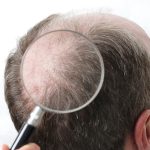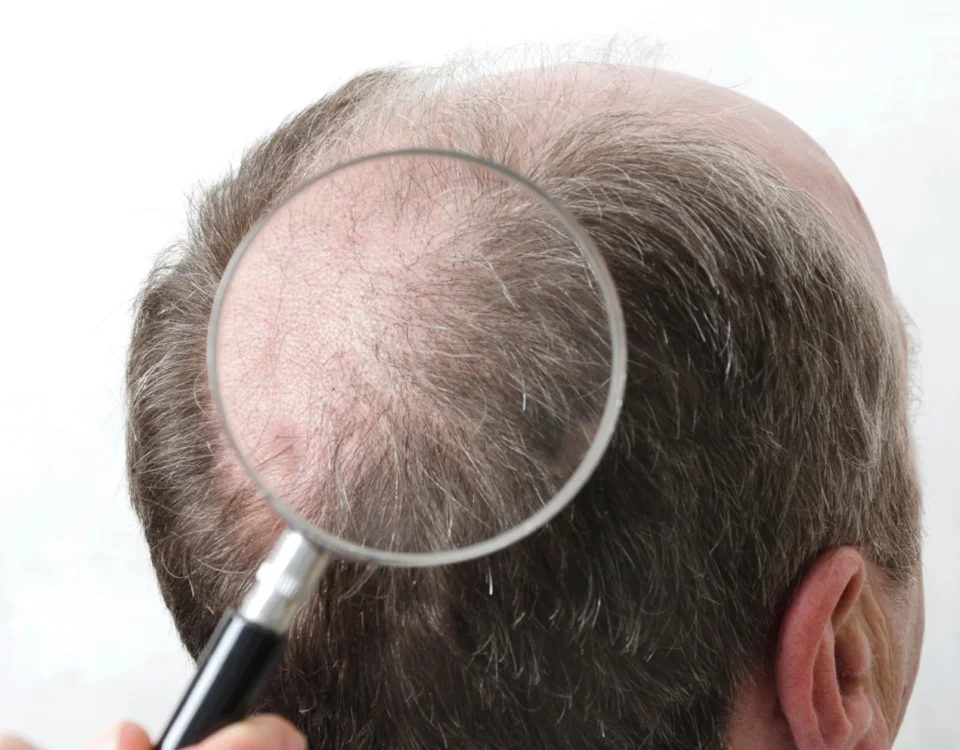
Androgenetic Alopecia – When Genetics Plays Tricks
8 April 2024
Recommendations after hair transplant
10 April 2024Hair transplants are becoming an increasingly popular procedure in our country. You’ve probably heard terms that might be unfamiliar or unclear to you, and that’s where we come in!
A hair transplant is essentially the most effective method of treating baldness and excessive hair loss. The procedure involves taking hair follicles from the back of the head or other parts of the body and reimplanting them into the scalp. The transplanted hair follicles look natural, and the procedure is minimally invasive, requiring only a short recovery period. Hair transplants are performed under local anesthesia, except in the case of transplants for children, which require general anesthesia.
Here are some of the most commonly heard terms in hair transplant procedures:
- Grafts
- Donor Area
- Recipient Area
- FUE
- DHI
Grafts
Grafts refer to hair follicles, which are small indentations in the skin containing the hair root and sebaceous gland outlets. Each follicle is surrounded by a structure known as the papilla, and within it are hair cells that mature and eventually emerge through the skin. Hair follicles form follicular units. The number of grafts used during a transplant varies depending on the desired effect and the area the patient wants to densify. Hair transplants can involve up to 5,000 grafts on a patient’s scalp.
Donor Area
In our article on androgenetic alopecia, we discussed areas of the scalp affected by hair loss. There are areas on the head that are not prone to hair loss, and these are considered donor areas. This area may include the back of the head and sometimes the arms, neck, legs, or chest.
Recipient Area
If there’s a region where hair is unlikely to be lost, there are also areas prone to partial or total hair loss. These are called recipient areas, which can include the crown, temples, forehead, beard, or eyebrows.
FUE
The FUE (Follicular Unit Extraction) method is the most advanced hair transplant technique, using a sapphire blade—the latest surgical tool in this medical field. This technique allows for the transplantation of up to 5,000 grafts, with each graft containing 1 to 3 hairs. Hair follicles are individually extracted after local anesthesia is applied. The micro-extraction process is performed with a micro motor tool that creates tiny incisions from 0.6 to 1 mm in diameter. Channels are carefully opened by the doctor to maintain the natural appearance and density of the hair, taking into account its angle and growth direction.
DHI
The DHI method is most commonly used for women and for individuals who prefer not to cut their hair, though it allows for the transplantation of up to 3,500 grafts only. Hair follicles are extracted from the donor area and placed in an isotonic solution. Implantation is carried out with the Choi Pen, a tool that simultaneously creates the channel and inserts the follicle. Unlike the FUE method, DHI does not require pre-created channels, as the process occurs at the same time as the follicle is inserted into the balding recipient area.
If you have any questions about the hair transplant process or would like to schedule a free consultation in Wrocław, feel free to contact DR ART CLINIC Polska.






